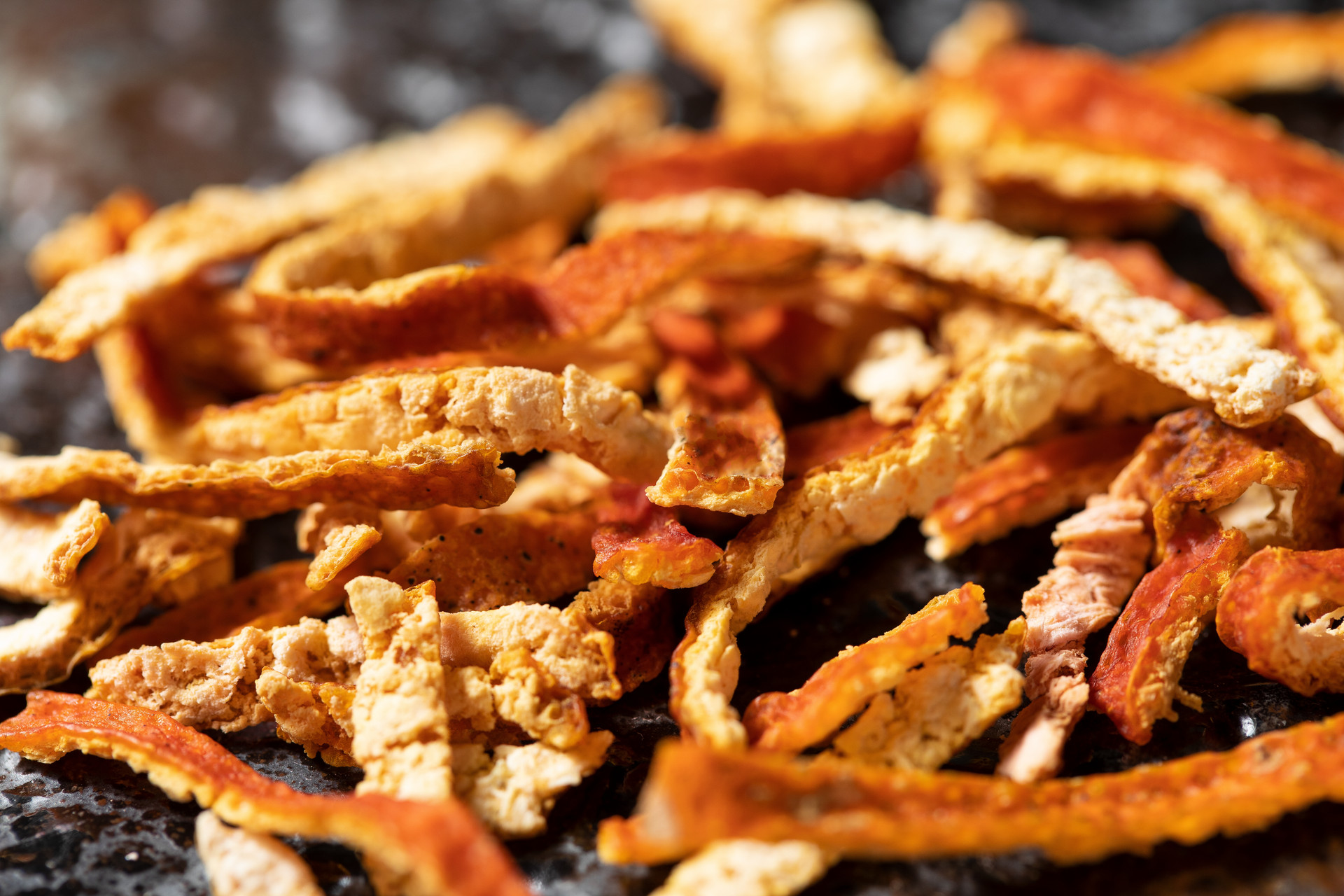Traditional Chinese medicine (TCM) tonification can be divided into mental tonification, massage tonification, dietary tonification, medicinal tonification, and moxibustion tonification. The methods of tonification are all based on the basic theories of TCM. They aim to harmonize qi and blood, balance yin and yang, tonify the five internal organs, and nourish the spirit, in order to ensure the physical and mental health of the body.
[Harmonizing Qi and Blood]
Qi and blood are the fundamental substances that make up the human body and maintain its basic life activities. As stated in the "Su Wen: Treatise on Regulation of the Channels," "The essence of a person lies in blood and qi." Qi and blood must be sufficient to meet the needs of normal human life activities. Qi has five major functions in the human body: first, it promotes growth and development, as well as the physiological activities and metabolism of the five internal organs, meridians, and other major tissues and organs. Second, it acts as a defense against external pathogens, protecting the body from diseases. Third, it regulates body temperature, ensuring the normal physiological activities of the body's major tissues and organs. Fourth, it maintains the normal circulation of blood and other fluid substances, nourishing all the tissues and organs of the body.
The movement of qi is called qi circulation. There are four forms of qi circulation: exiting, entering, ascending, and descending. When the circulation of qi is normal, the body's physiological activities can proceed normally. However, if the circulation of qi is abnormal, it can disrupt and affect the body's physiological activities, thus affecting the person's health. The manifestations of abnormal qi circulation include qi counterflow, qi deficiency, qi stagnation, qi escape, qi accumulation, qi sinking, etc. When combined with the disease of the organs, it can manifest as gastric qi counterflow, spleen qi sinking, kidney failing to receive qi, etc.
[Balancing Yin and Yang]
The theory of yin and yang holds a prominent position in TCM and serves as the guiding principle of TCM theory. Even today, the theory of yin and yang still guides TCM clinical practice. When the human body is in a state of yin and yang balance, it is considered to be in a healthy state. As stated in the "Su Wen: Treatise on Regulation of the Channels," "When yin and yang are in harmony, the body is full, the nine orifices are in one, and the life is balanced." When the body is invaded by pathogenic factors, the body's righteous qi fights against them. When the balance of yin and yang is disrupted as a result of the struggle, a series of pathological changes occur, which is referred to as "imbalance of yin and yang" in TCM.
Diagnostic differentiation and treatment is the essence of TCM, and tonification is one of the eight therapeutic methods of TCM. It should also follow the principles of diagnostic differentiation and treatment to implement tonification. In the eight principles of TCM differentiation (yin and yang, exterior and interior, cold and heat, deficiency and excess), yin and yang are the primary principles. As stated in the "Su Wen: Treatise on the Correspondence between Yin and Yang," "Yin and yang are the way of heaven and earth, the guideline of all things, the parents of transformation, the origin of life and death, and the dwelling of spirits and gods." In the differentiation of the eight principles in TCM, yin and yang command the other six principles. Yin includes interior, deficiency, and cold; yang includes exterior, excess, and heat.
[Tonifying the Five Internal Organs]
The deficiency of qi and blood and the imbalance of yin and yang are ultimately reflected in the five internal organs. TCM believes that while nourishing qi and blood and paying attention to yin and yang, attention should also be paid to tonifying the five internal organs. The five internal organs are the heart, liver, kidneys, spleen, and lungs. The five internal organs have the function of storing essence. If the functions of the five internal organs are normal, they are considered to be strong and healthy. Otherwise, they are considered to be weak. As stated in the "Ling Shu: Heavenly Years," "The five internal organs are strong...thus able to live long." The "Ling Shu: The Root of the Organs" states, "When the five internal organs are strong, there is no illness." Among the five internal organs, special emphasis is placed on the spleen and kidneys. The growth and development as well as aging of the human body are closely related to the kidneys. Therefore, the saying "the kidneys are the foundation of innate essence" exists. Good innate endowment provides a good material foundation for the body. However, having a good material foundation is not enough; it also requires postnatal nourishment and support.
Postnatal nourishment and support are especially important, primarily achieved through the spleen. The digestive and transformative functions of the spleen are related to the absorption and metabolism of nutrients in the body. The normal function of the spleen's transformation ensures the digestion and absorption of nutrients. The relationship between the kidneys and spleen is the relationship between innate and postnatal. However, they also have a mutually supportive relationship. Postnatal nourishment can continuously strengthen and invigorate innate essence. Those with innate deficiencies can also become stronger through postnatal nourishment and support. Ancient TCM practitioners said, "From birth to old age, if there is any deficiency in innate essence, it can be compensated by postnatal cultivation, resulting in a strong body." This sentence fully illustrates the importance of tonifying the spleen in life.











